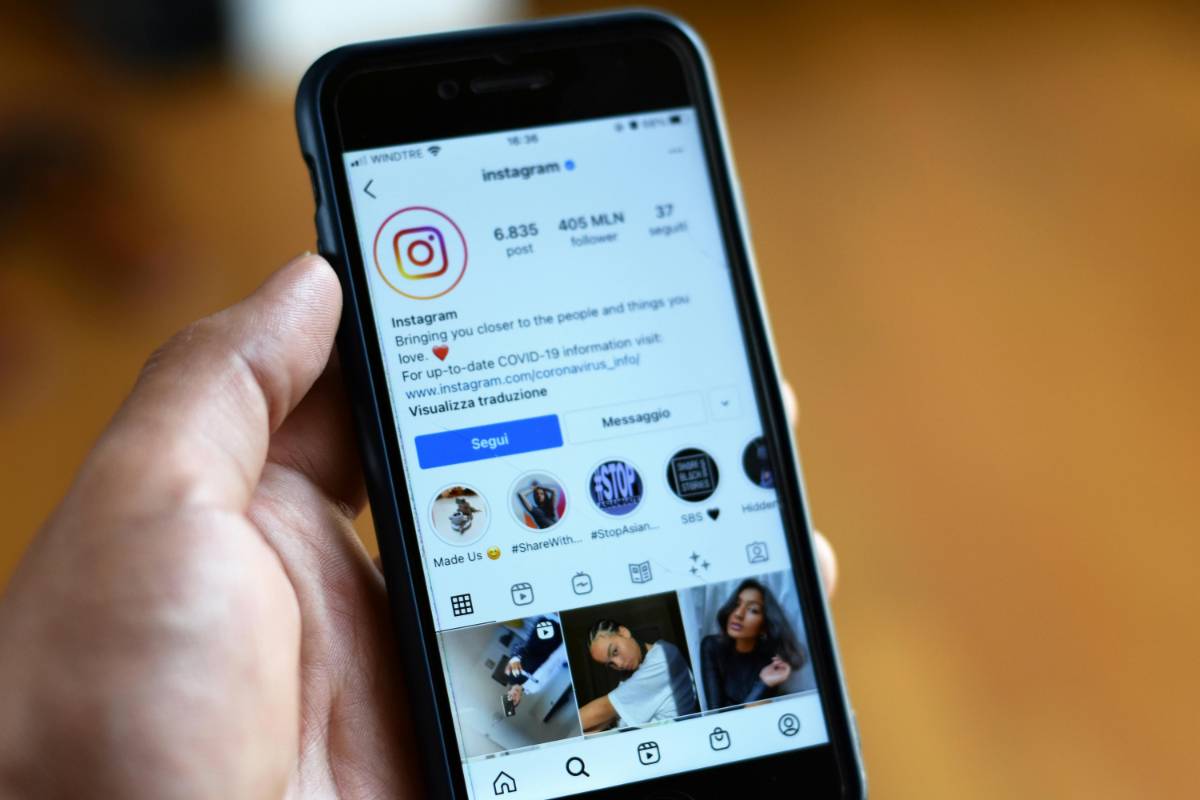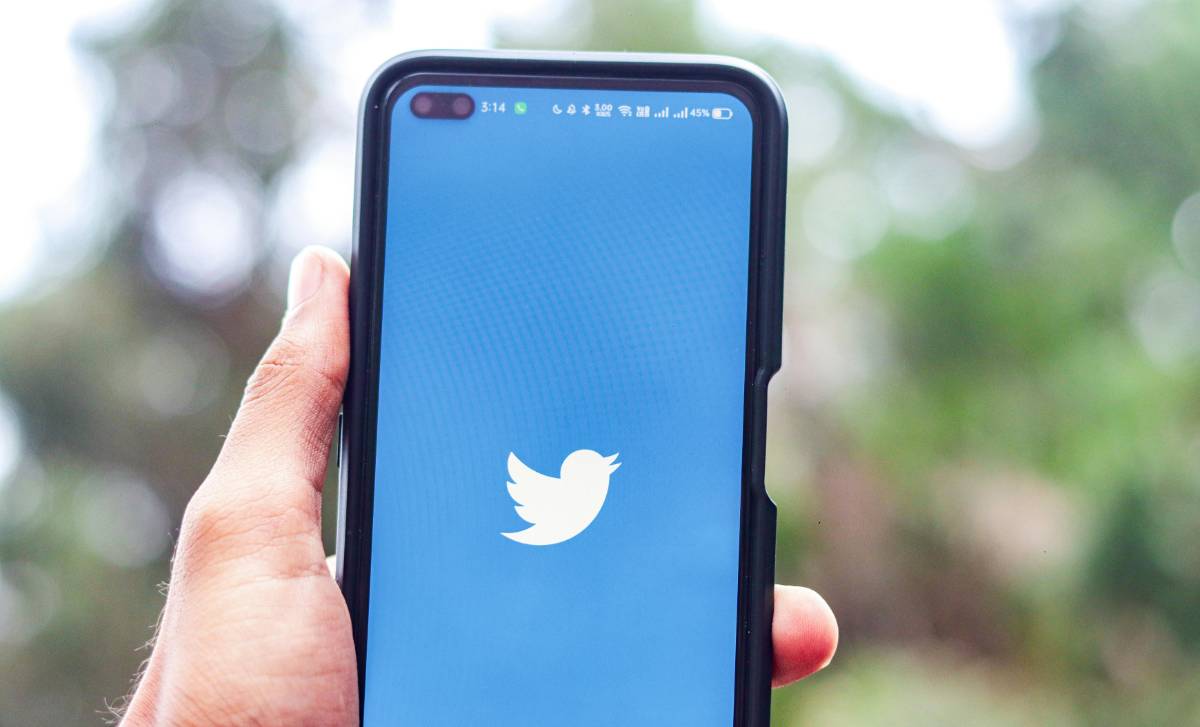Why Micro-Influencers Are Outperforming Celebrities in Marketing
14 May 2025
Read Time: 3 min read

In 2024, micro-influencers are becoming the most valuable assets in digital marketing. Unlike celebrity influencers, who boast millions of followers, micro-influencers typically have a smaller audience (10,000–100,000) but are more effective at driving engagement and conversions. Here’s why micro-influencers are outperforming celebrities in marketing today.
1. Higher Engagement RatesMicro-influencers tend to have significantly higher engagement rates compared to celebrities. While celebrities may have large followings, their posts often garner less interaction. Micro-influencers, on the other hand, have highly engaged communities that trust their recommendations, making their posts more impactful.
2. Niche Audiences and RelevanceMicro-influencers are often specialists in a particular niche, whether it's fitness, beauty, gaming, or fashion. Their audience follows them for specific content, which means brands can target a highly relevant, niche demographic. This makes micro-influencers ideal for reaching audiences that are already interested in the brand's product or service.
Working with a celebrity influencer can be costly, and the ROI may not justify the expense. Micro-influencers offer a more affordable option, allowing brands to engage with multiple influencers across different platforms. Since they’re often more relatable to their followers, the return on investment (ROI) is often much higher for micro-influencer campaigns.
💡 Discover More from Social-Media
Consumers today are drawn to authenticity. Micro-influencers tend to be more connected to their audiences, sharing personal experiences and genuine reviews rather than overly polished, corporate endorsements. This authenticity builds trust with their followers, which translates into higher conversion rates when promoting products.
5. Localized and Targeted ReachMicro-influencers often cater to more localized or specific communities, which is ideal for brands targeting particular geographical areas or niche markets. This allows brands to create campaigns that are tailored to specific regions or demographic segments, rather than broad, generalized messaging.
6. Building Long-Term PartnershipsMicro-influencers are often more open to long-term collaborations, which allow brands to build sustained relationships with their audience. This ongoing partnership creates familiarity and trust over time, leading to higher brand loyalty and more meaningful customer relationships.
ConclusionIn 2024, micro-influencers are proving that smaller audiences can drive bigger results. Their authenticity, niche expertise, and engaged communities make them invaluable marketing partners. For brands looking to build trust, relevance, and long-term relationships with their audience, micro-influencers offer a more impactful and cost-effective alternative to celebrities.
Stay Informed
Get the latest and most accurate news delivered straight to your inbox. Subscribe now and never miss an update.

Olivia Mitchell
An insightful voice in the industry, crafting content that informs, inspires, and connects with readers.
View all articles →
















